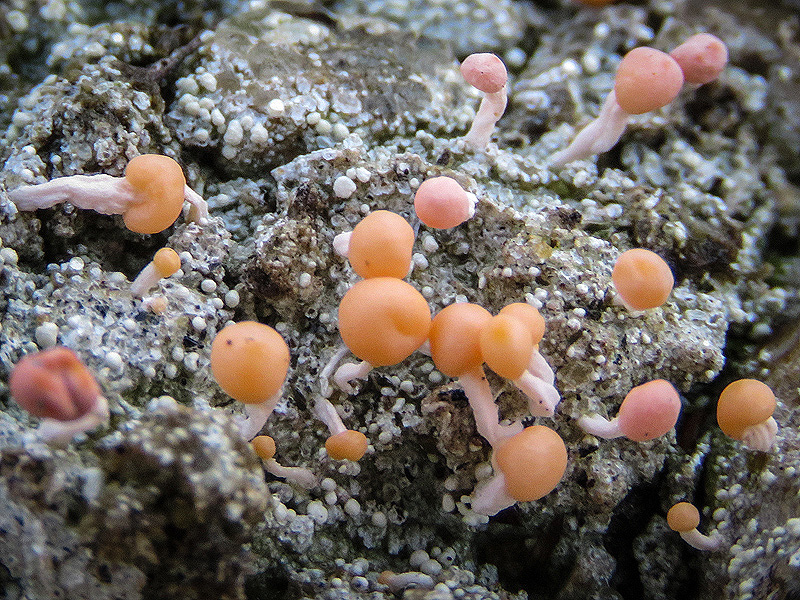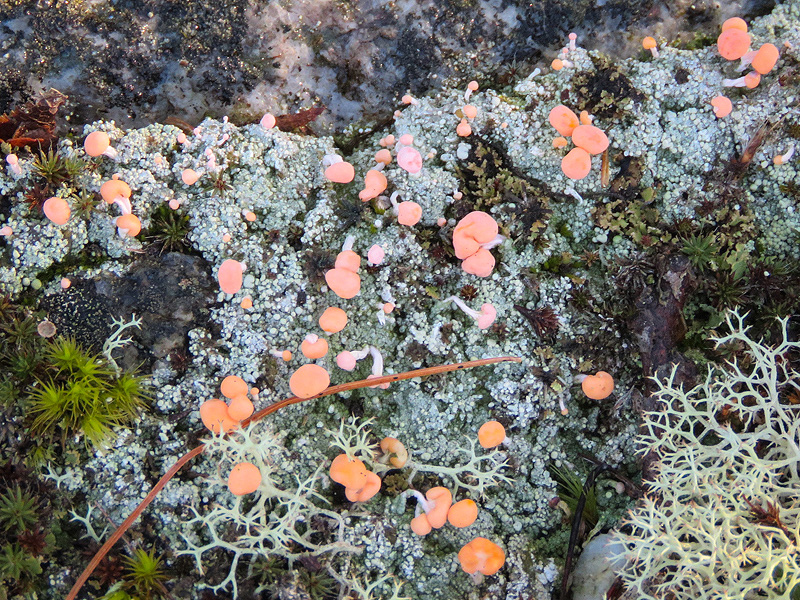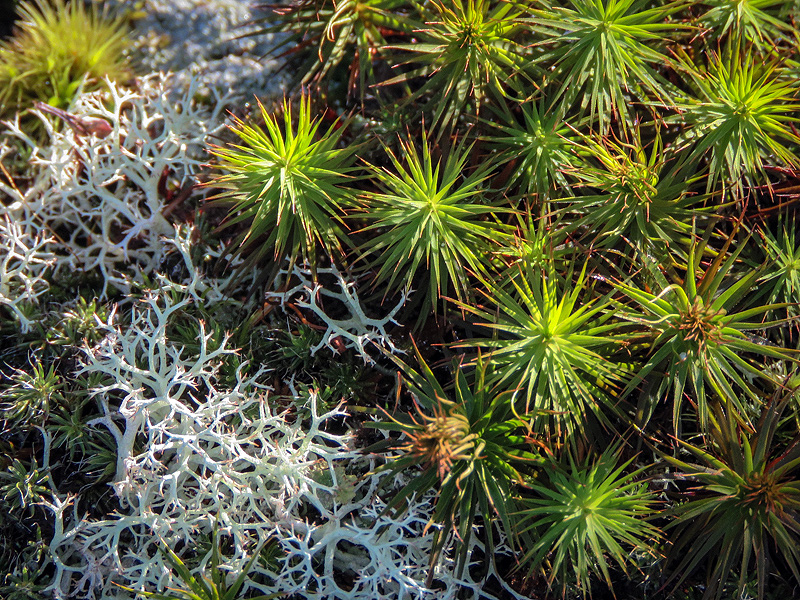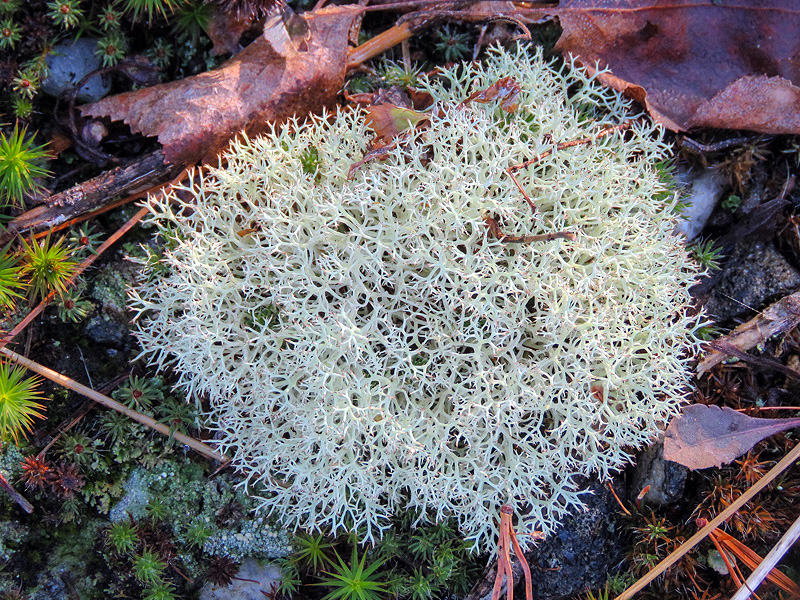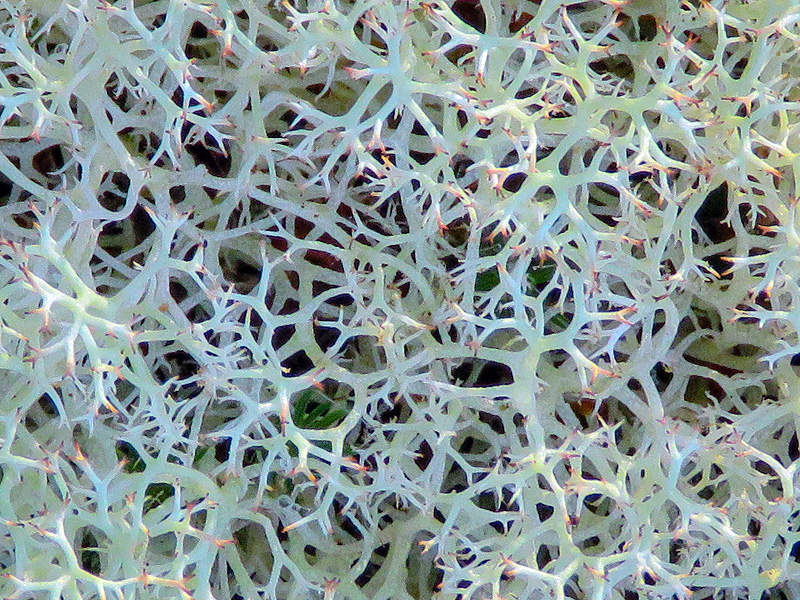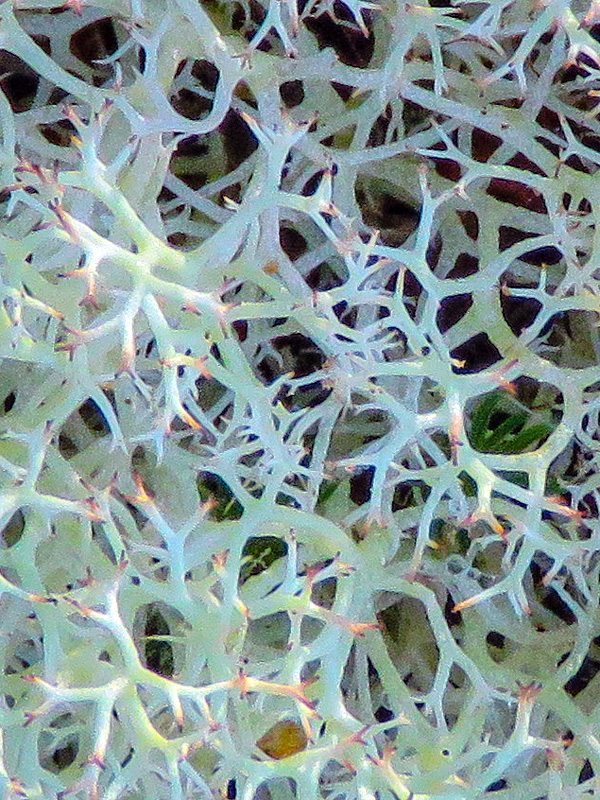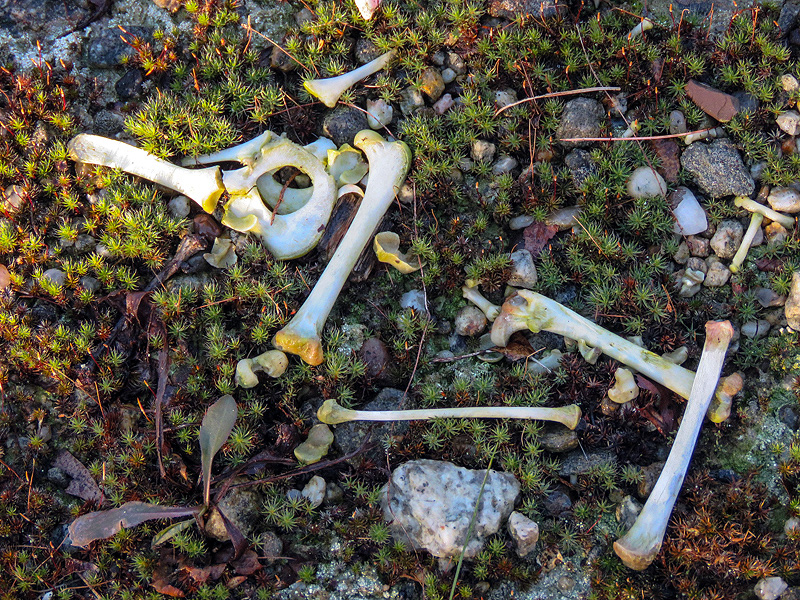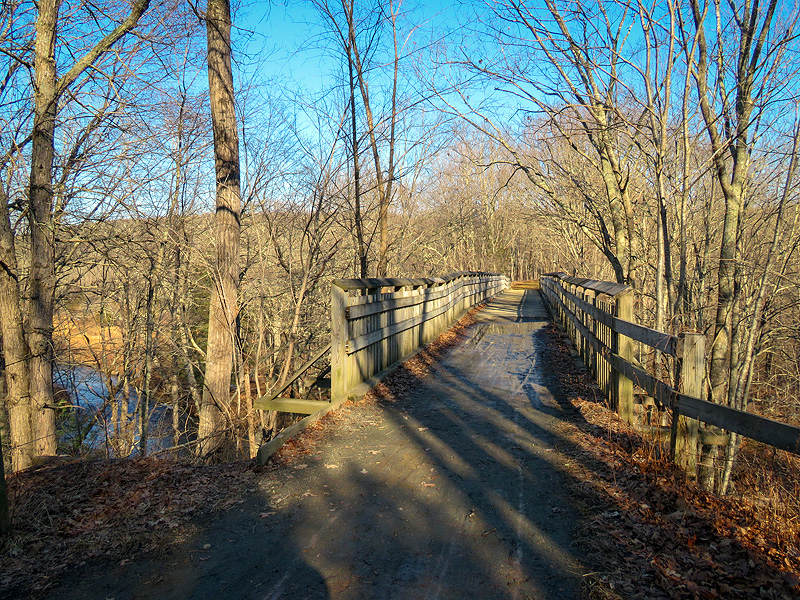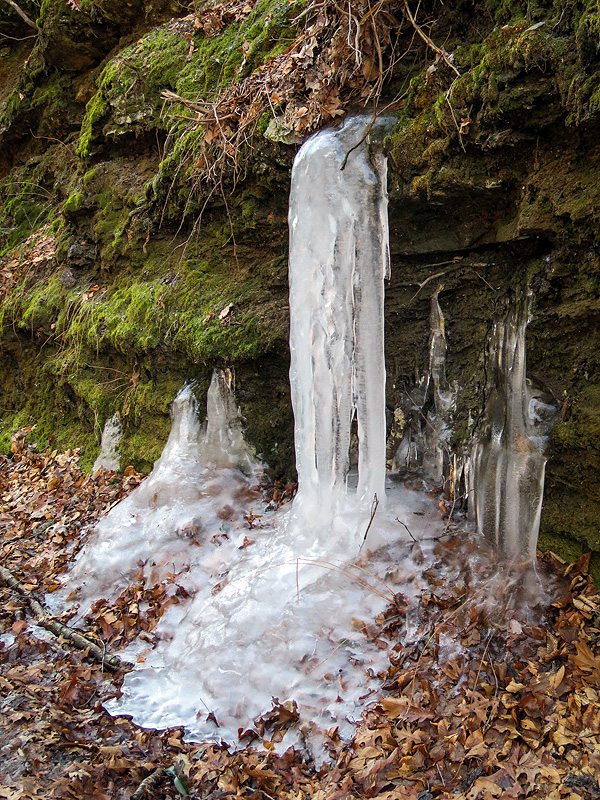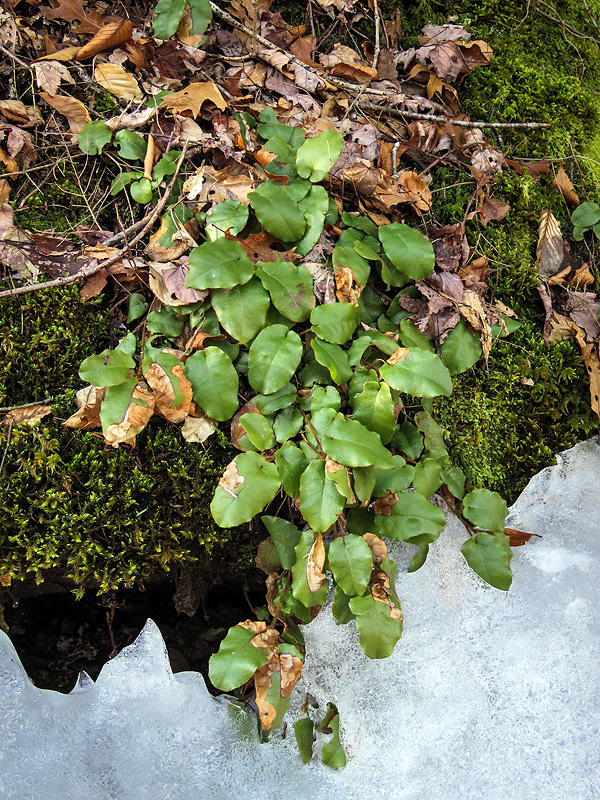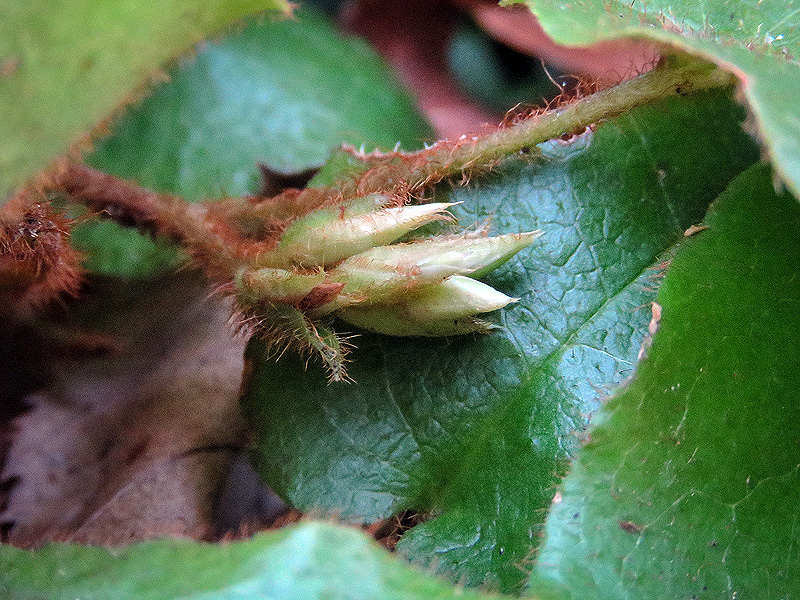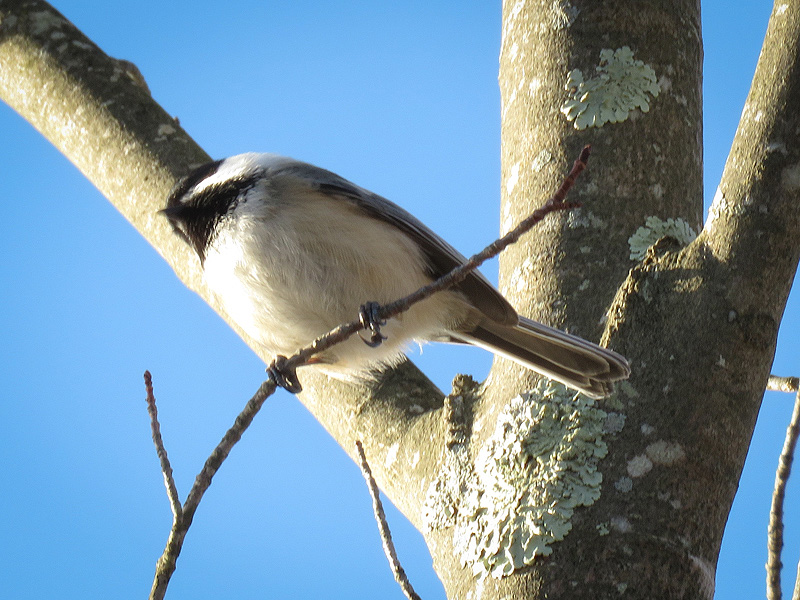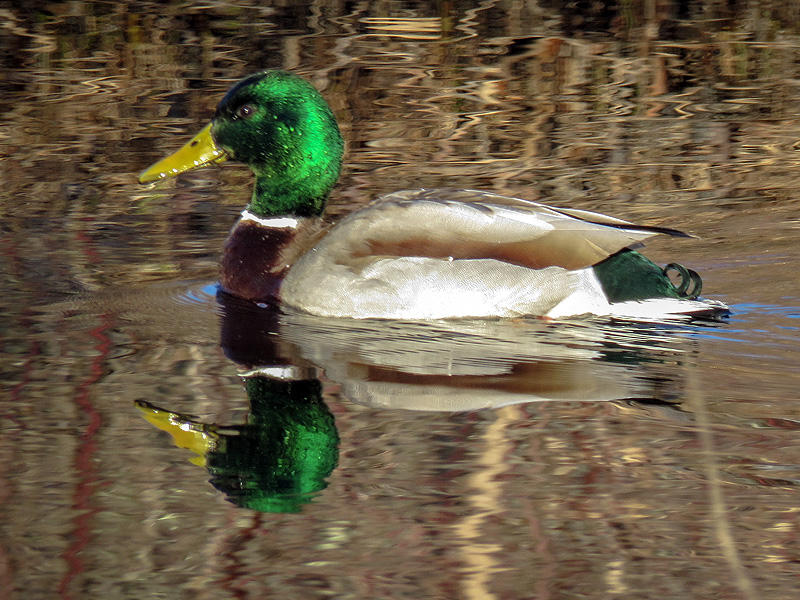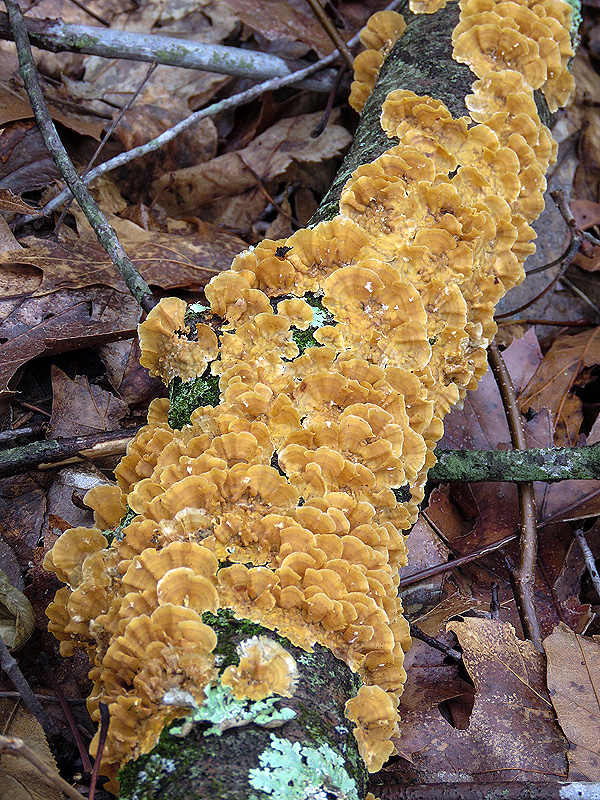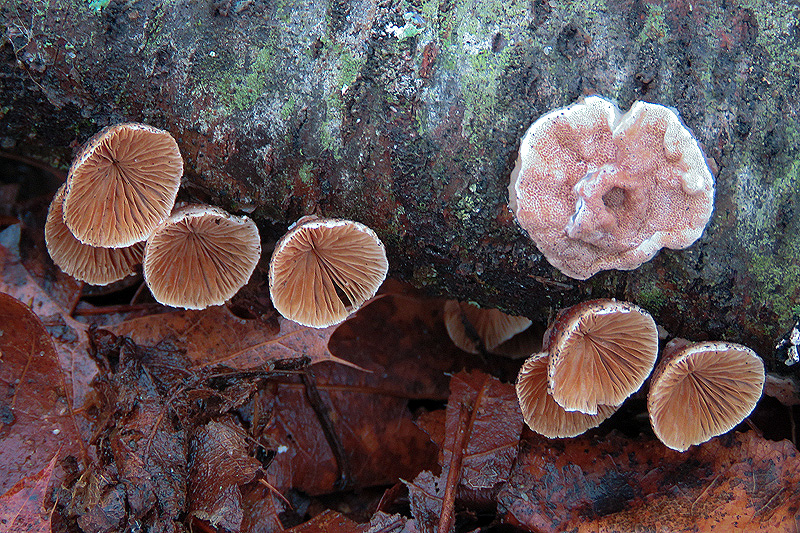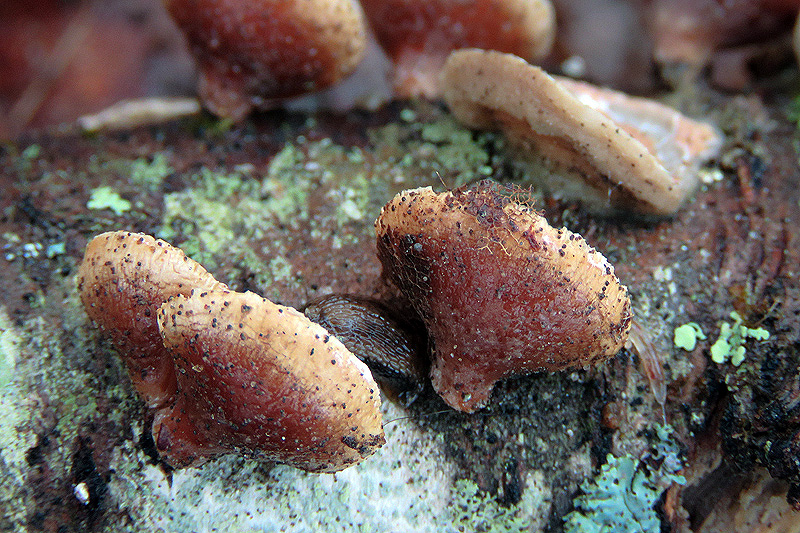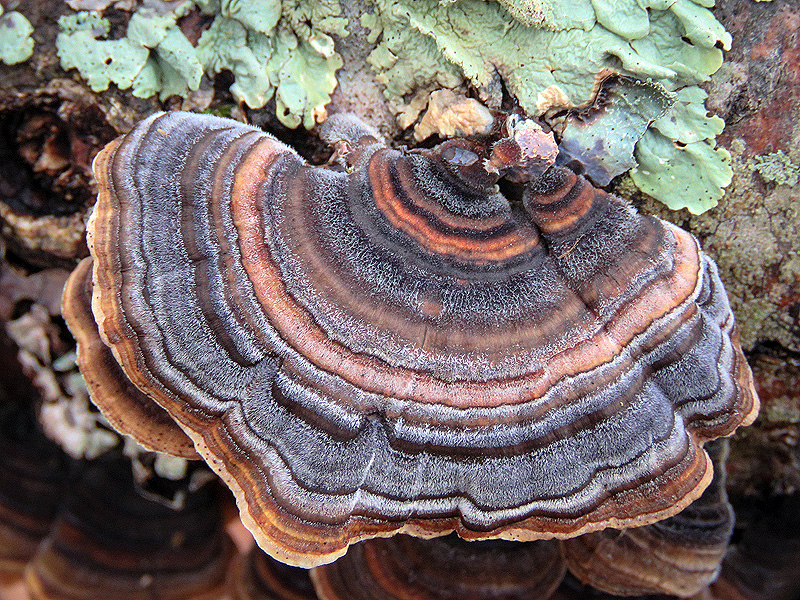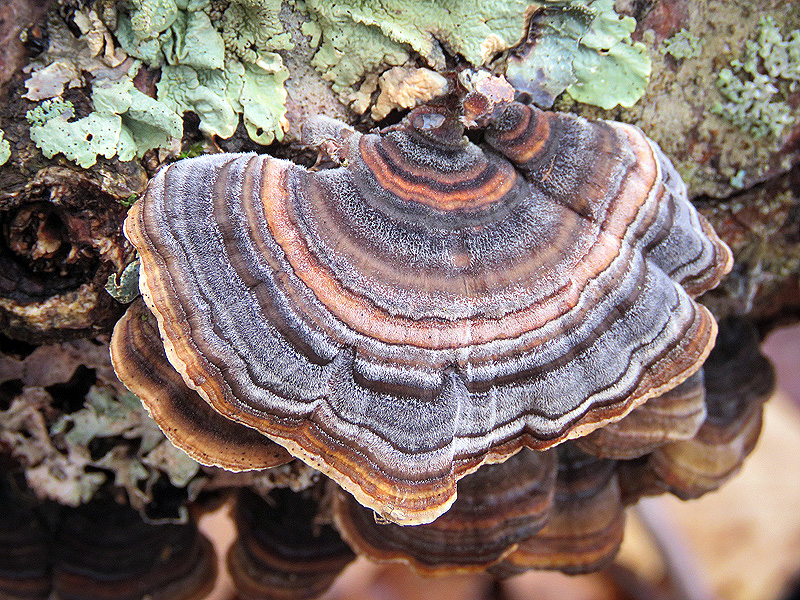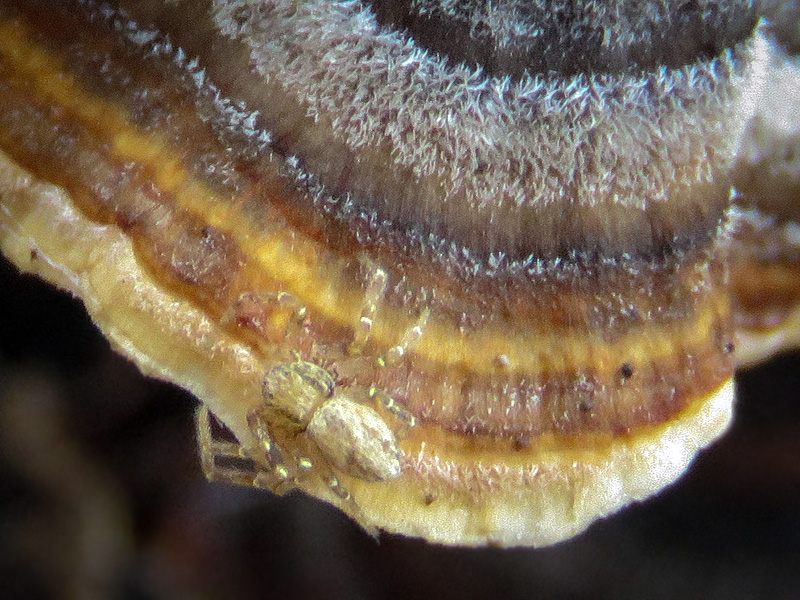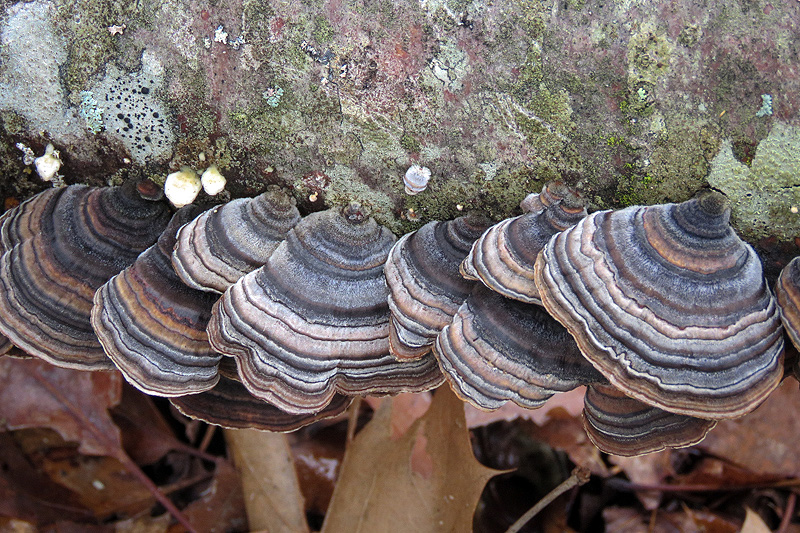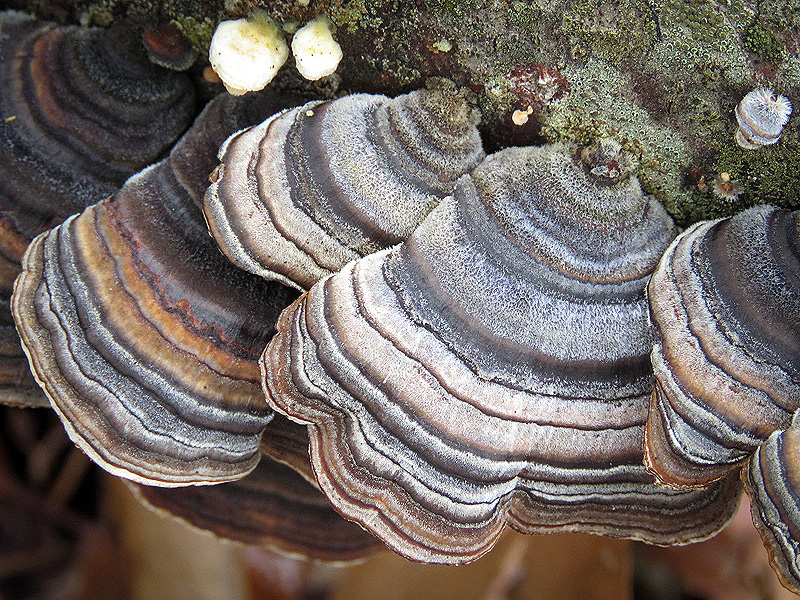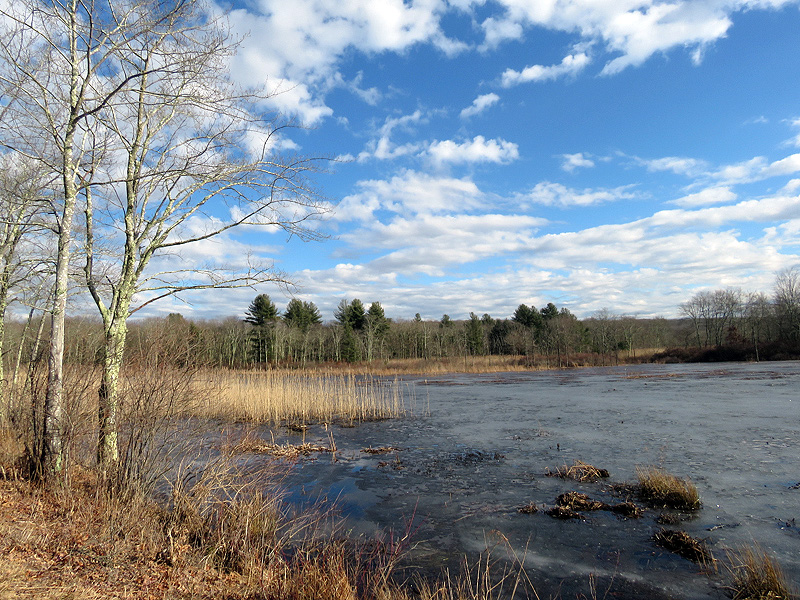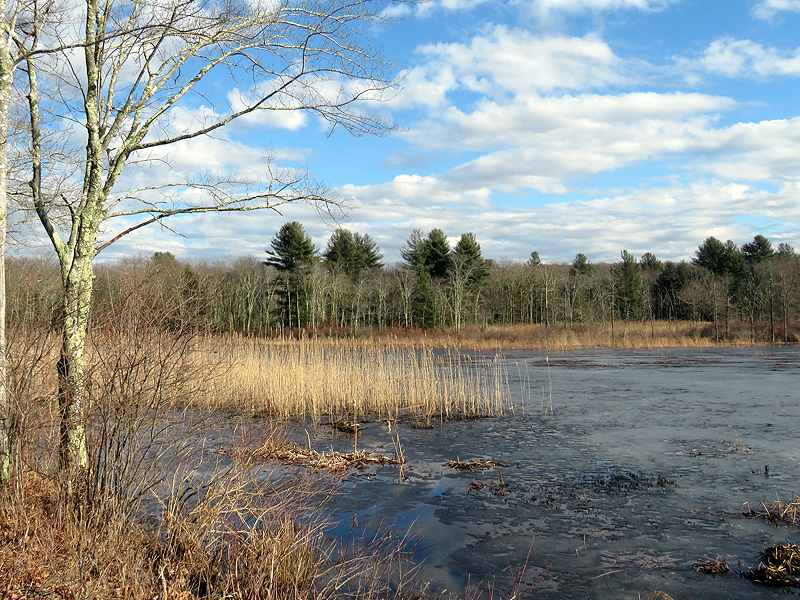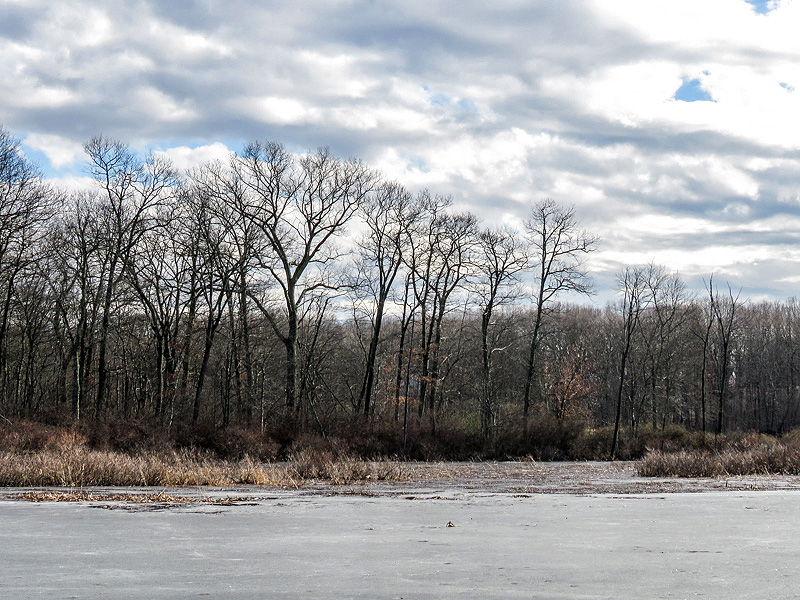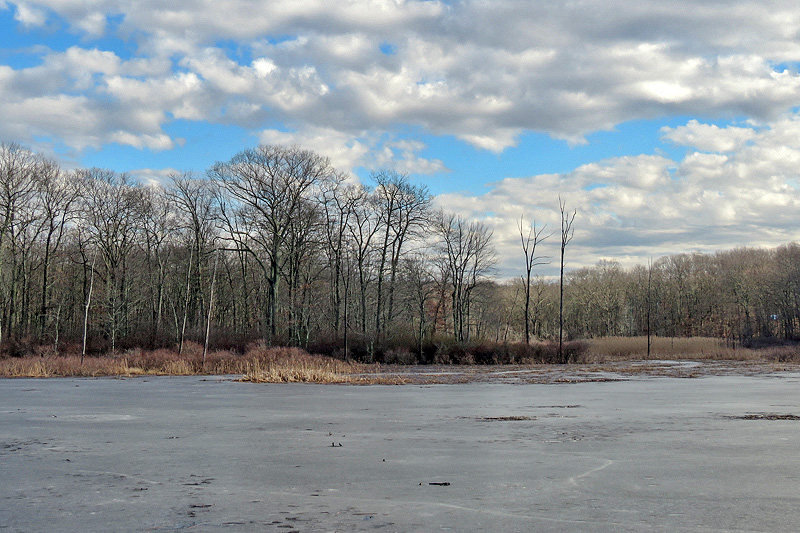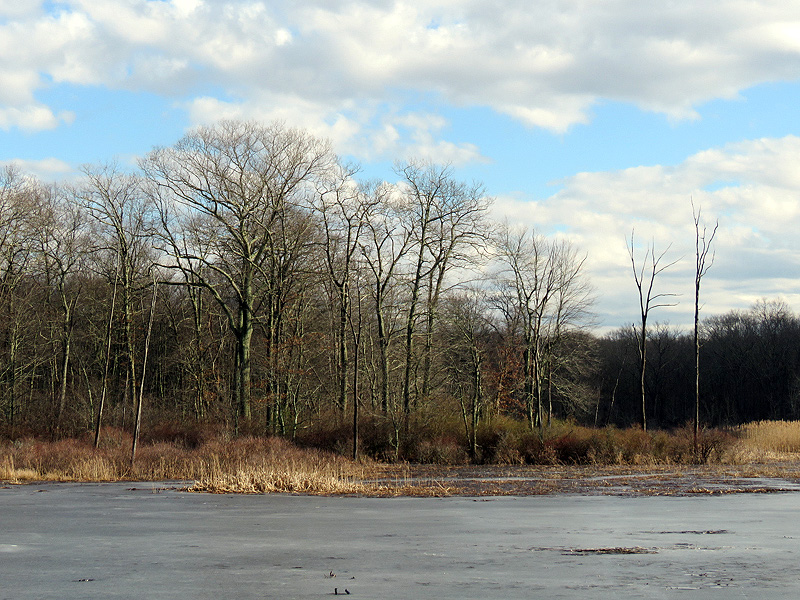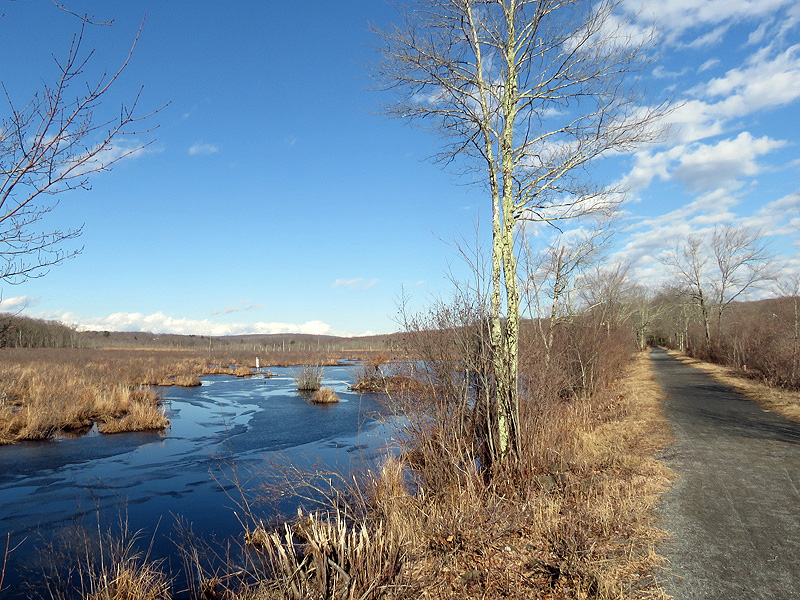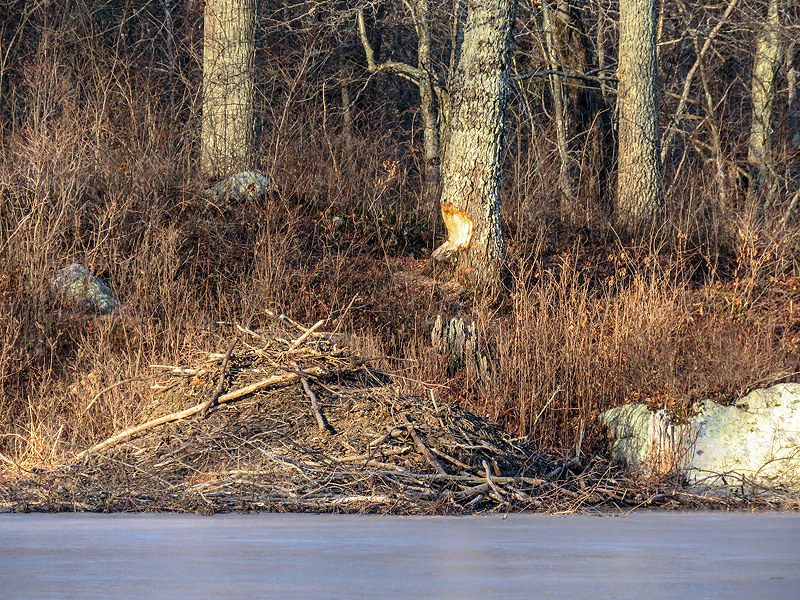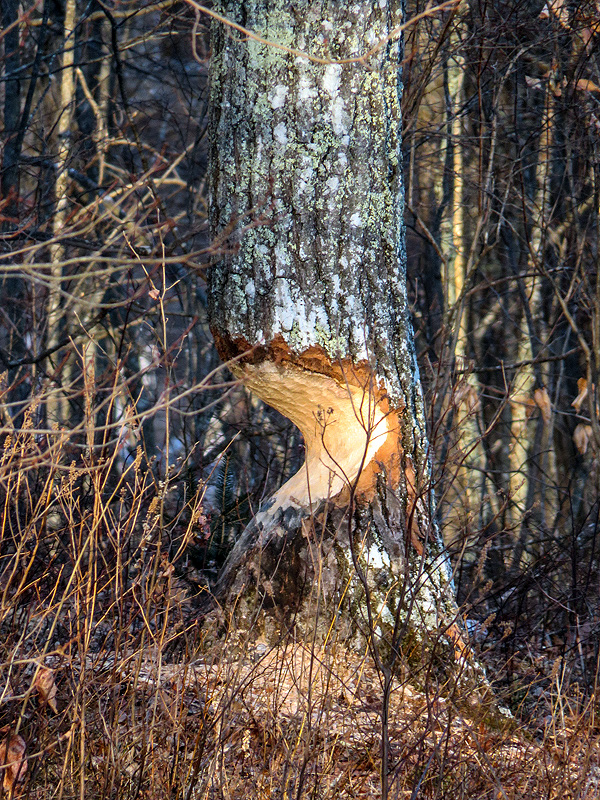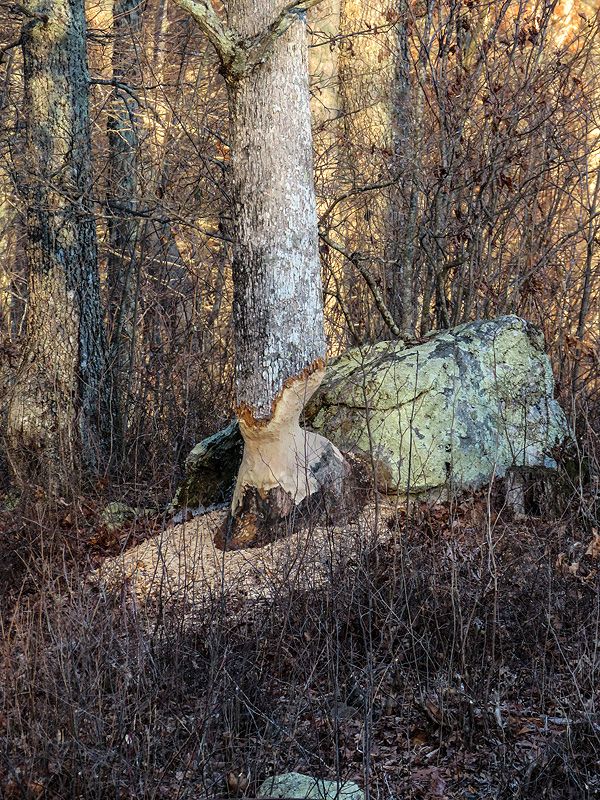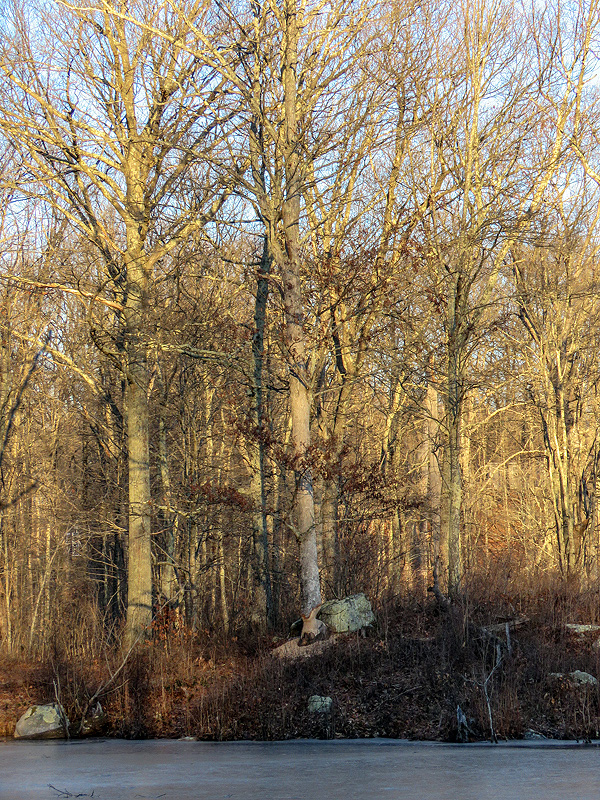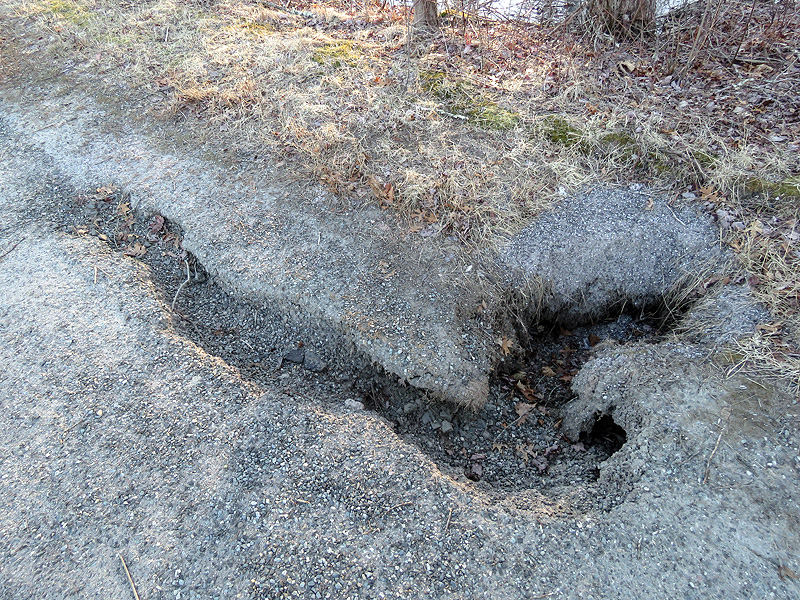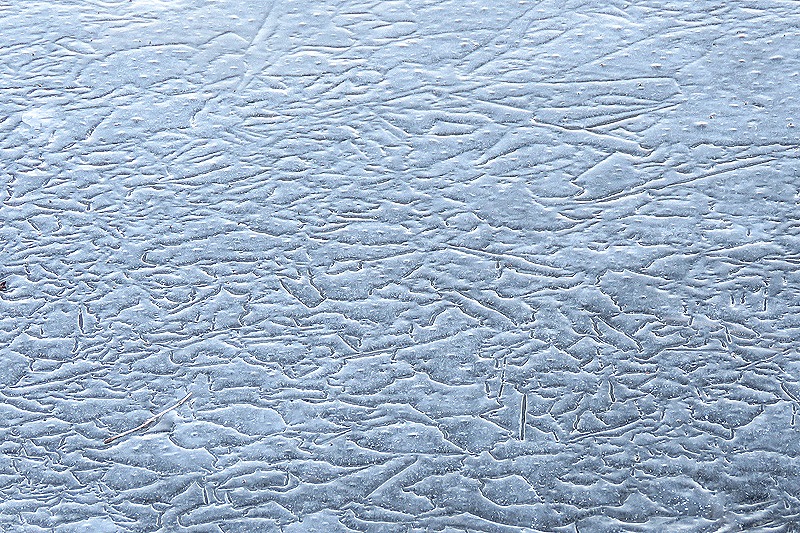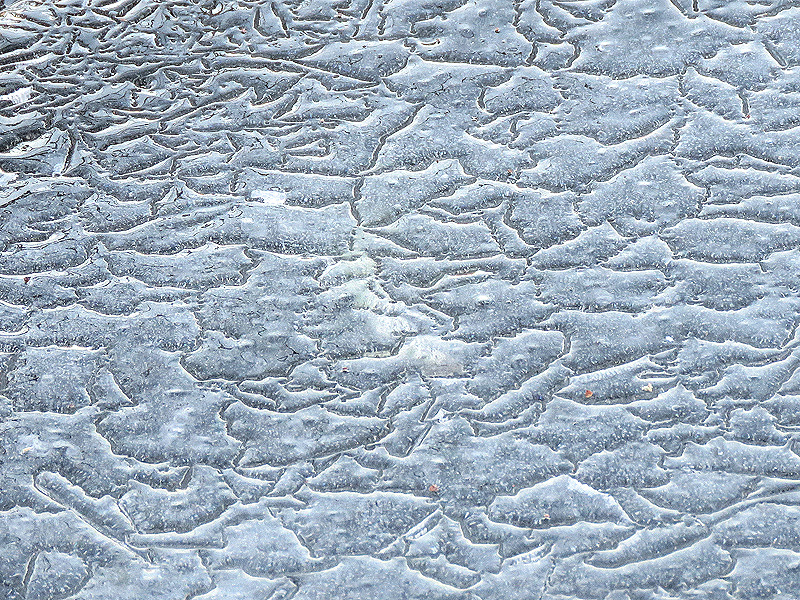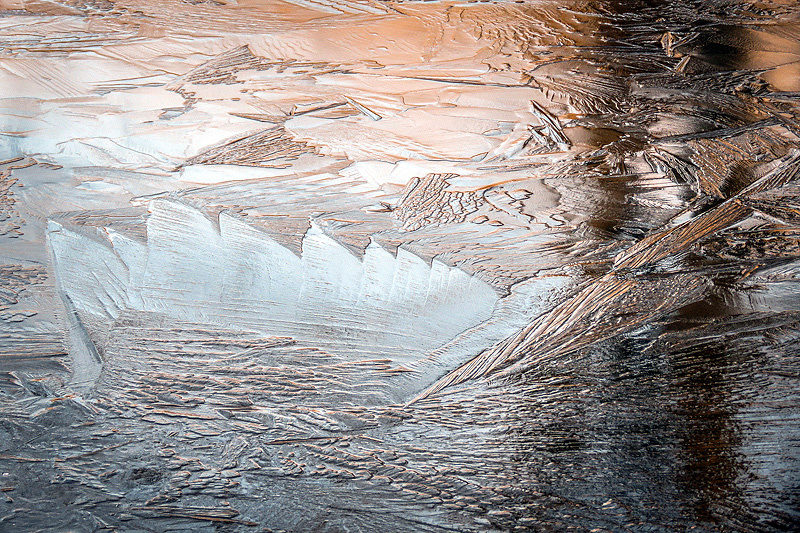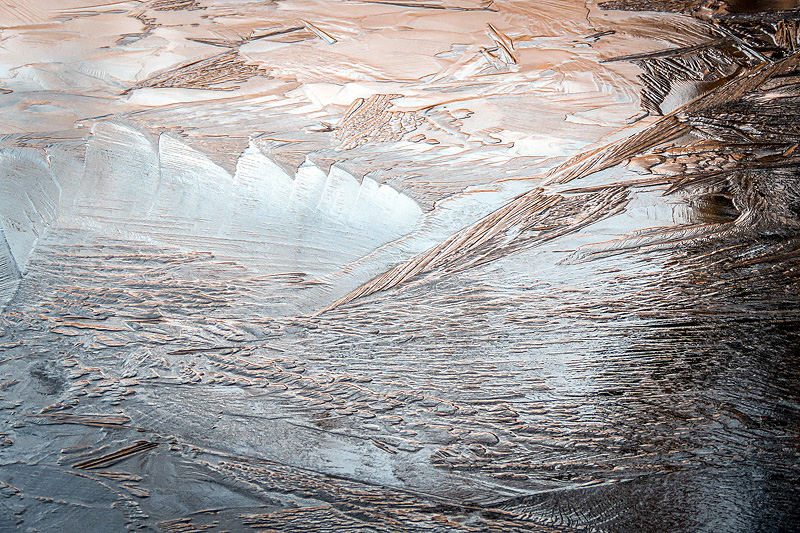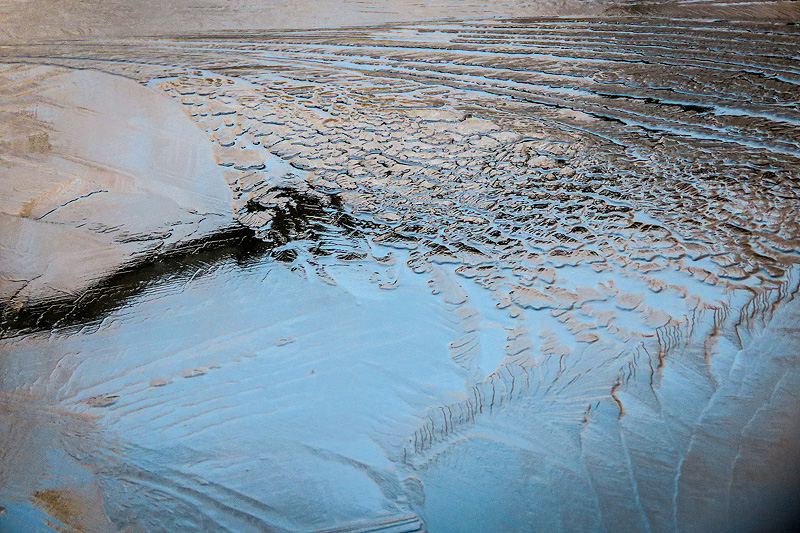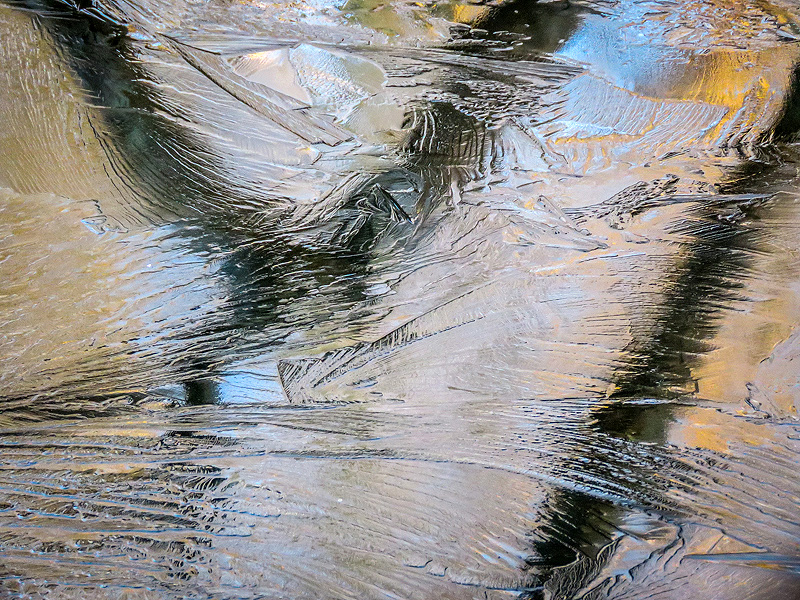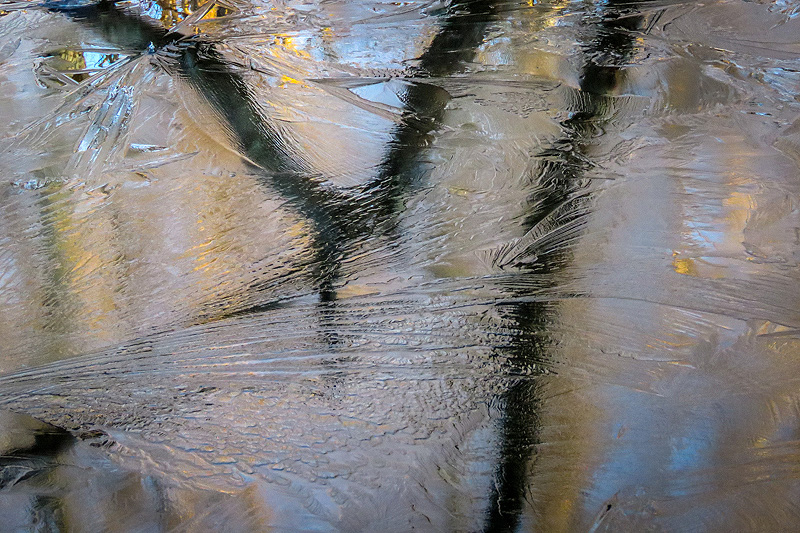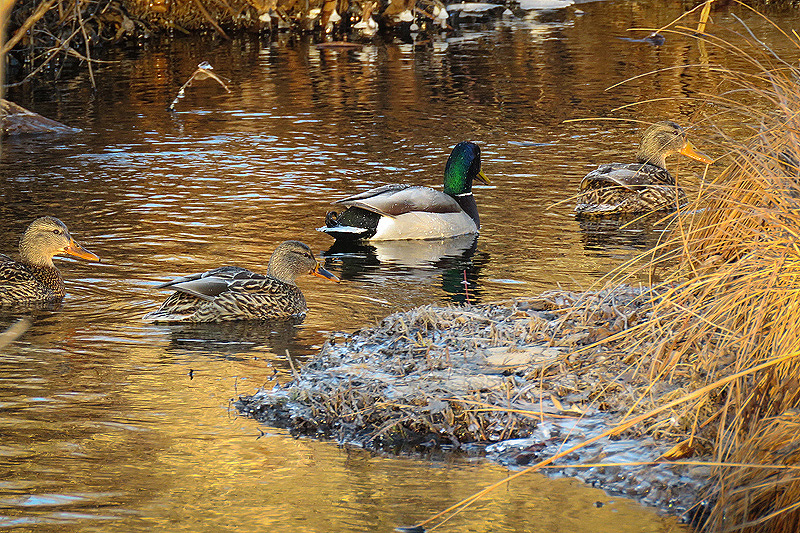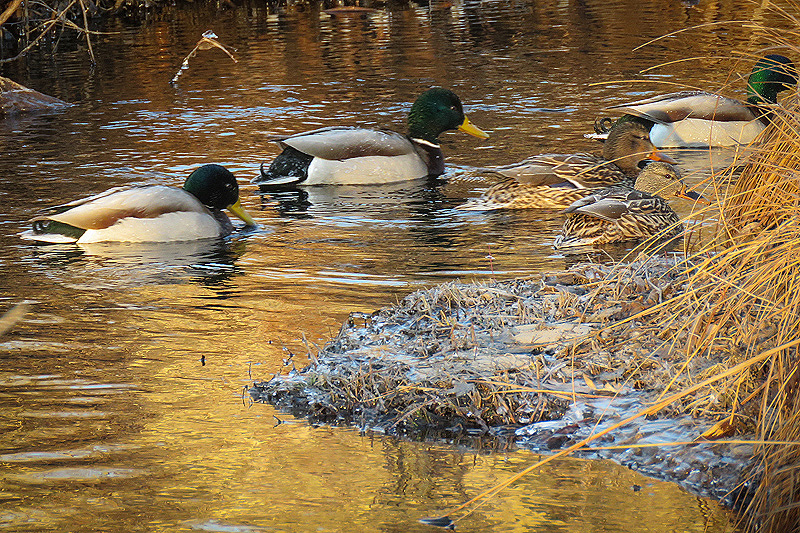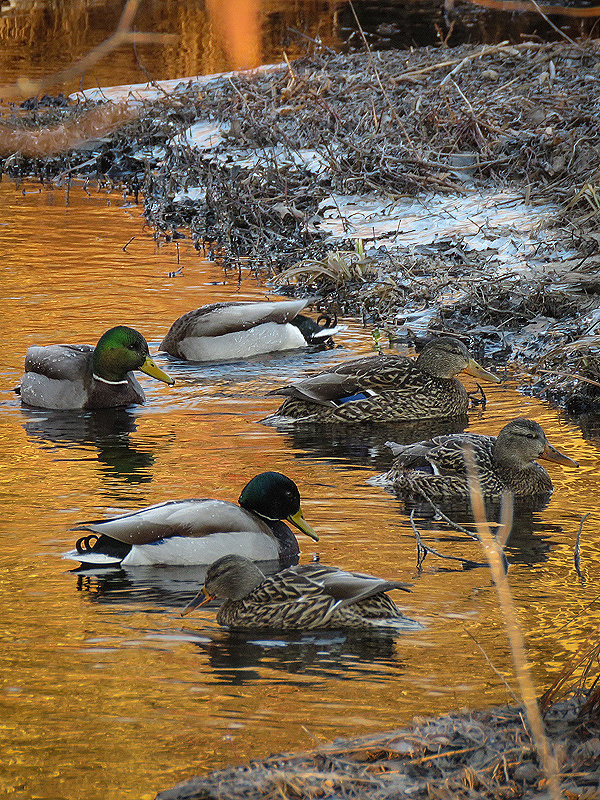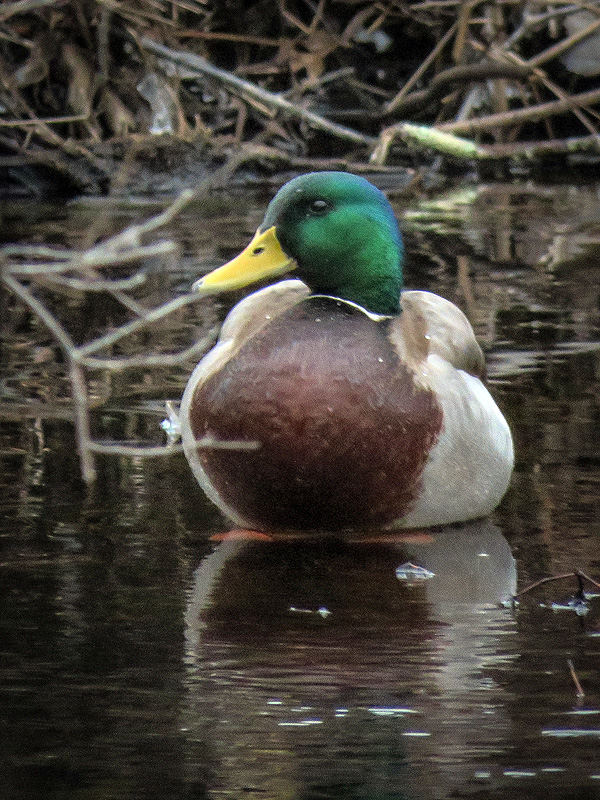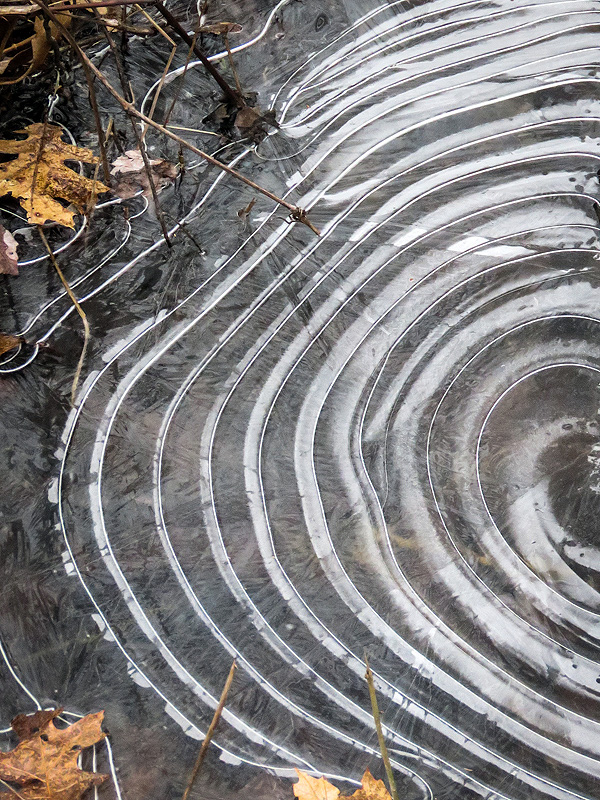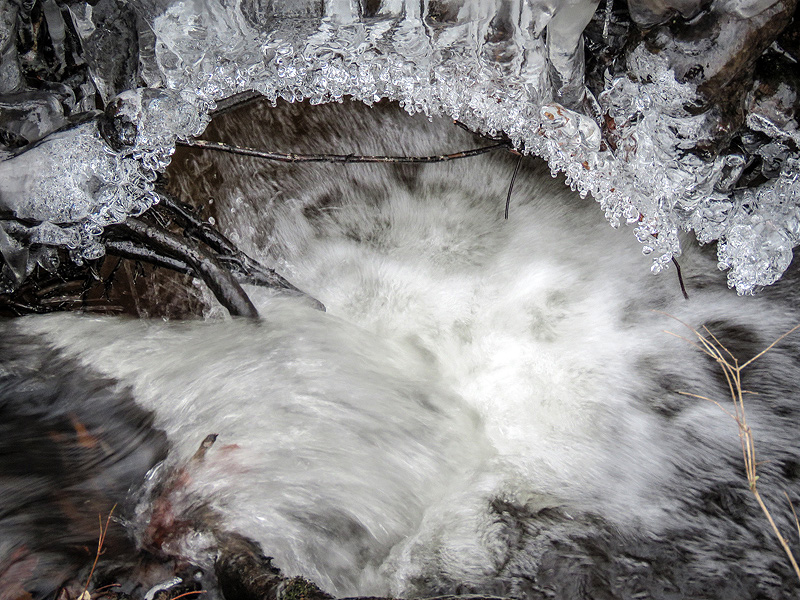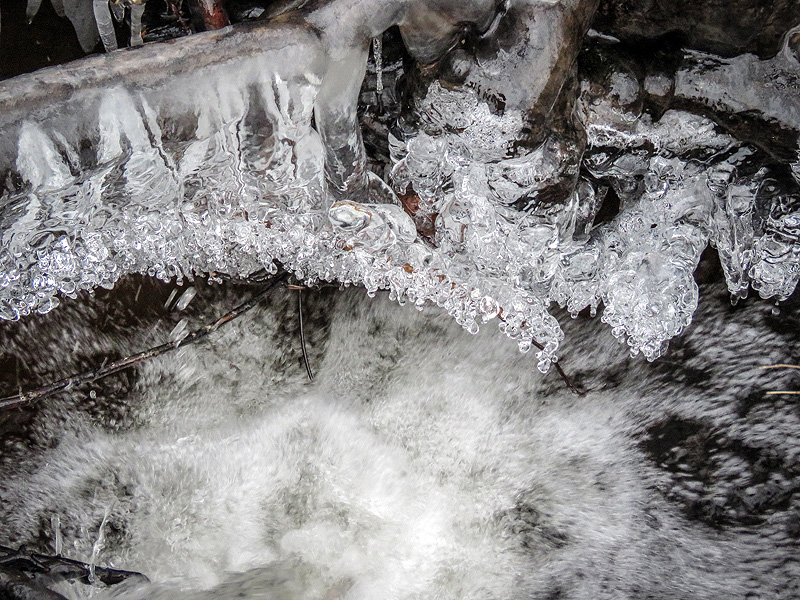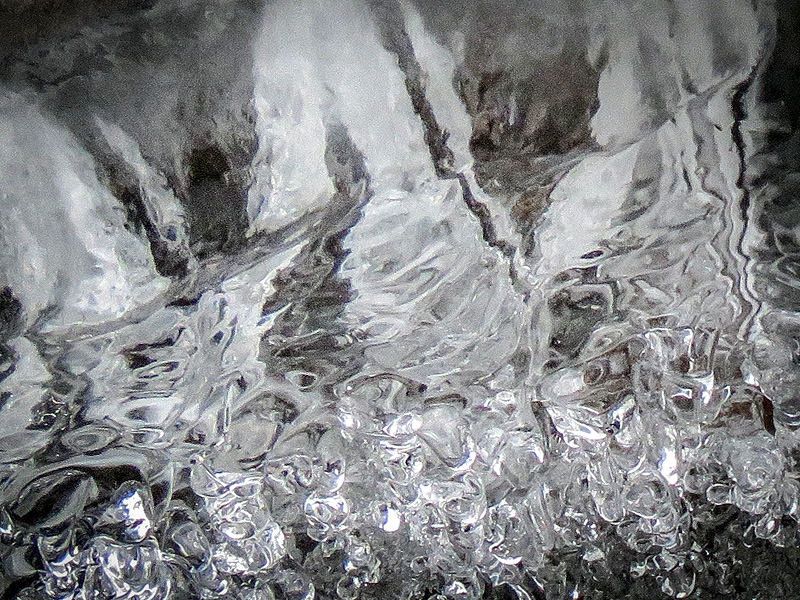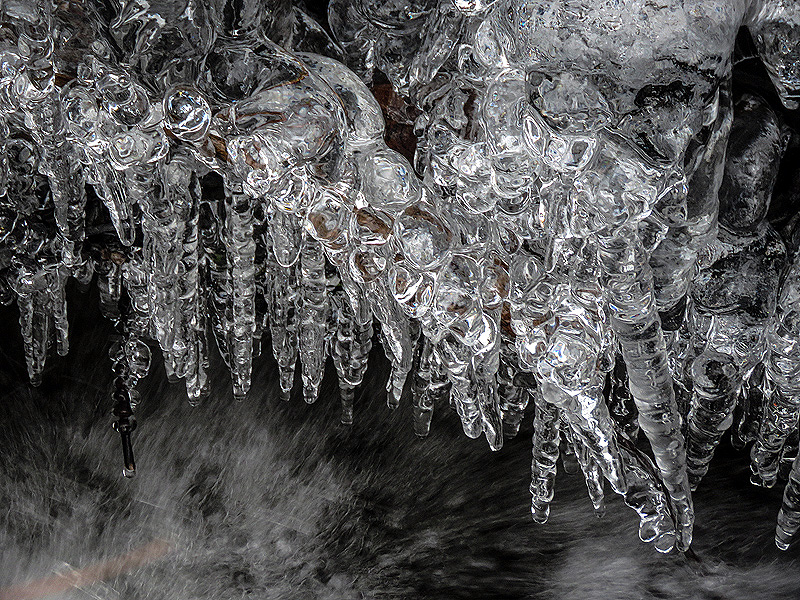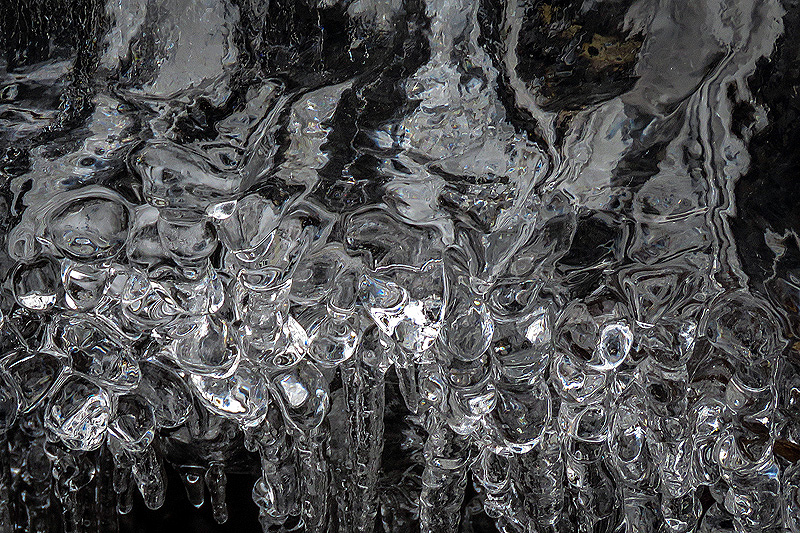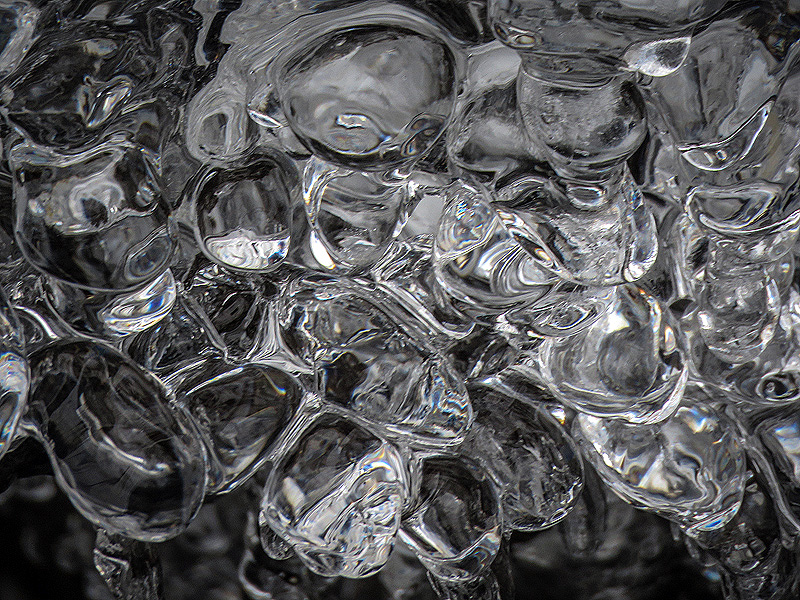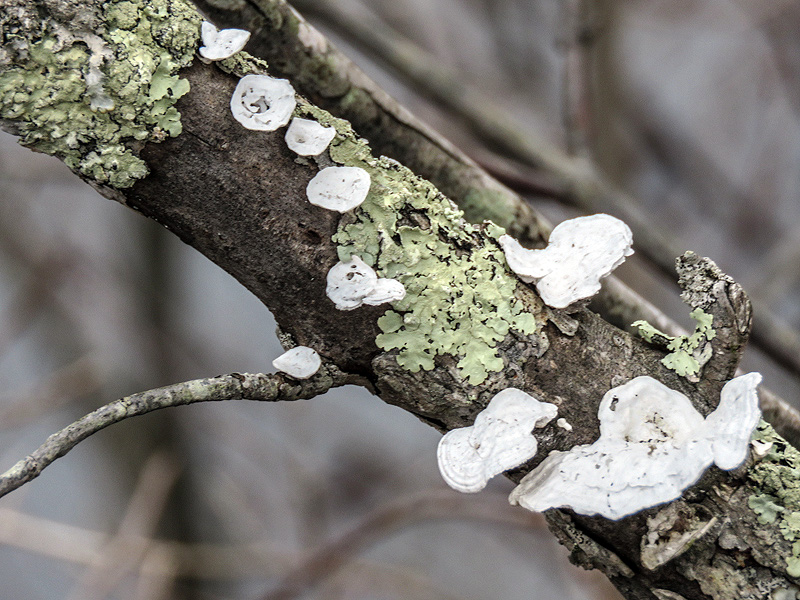Along the Air Line... 2018-2019 - Winter, Part 7 The Air Line Trail in Eastern Connecticut - Stan Malcolm Photos |
HOME: Air Line... 2019 Pages Menu Stan's FlickR Albums |
Mid-afternoon, February 5th. Sixty degrees! Pink Earth Lichen (Dibaeis baeomyces) on waste ground east of the Blackledge River bridge. |
|
|
Reindeer Lichen (Cladonia sp., most likely C. rangiferina) with Haircap Moss (Polytrichum sp.). |
|
|
|
|
Some small animal perished here. |
Back across the Blackledge River bridge, heading west (though the photo looks east). |
Some ice remains in ther rock cuts. |
Trailing Arbutus (Epigaea repens). A couple of decent clumps, but much of what I remember photographing in past years is gone. |
Buds are set, protected by the leathery leaves. Trailing Arbutus is one of the earliest spring bloomers. |
February 6th. Black-capped Chicadees (Poecile atricapella) were busy foraging, though I heard some spring "fee-bee" courting calls too. |
Mallards (Anas platyrhynchos) were enjoying some limited open water on the channel side during this brief thaw. |
February 7th. Various Fungi on downed limbs "enjoying" the damp, warm (almost 40 degrees) temperatures. |
On these Veiled Panus (Tectella patellaris - Thanks Terry Stoleson for the ID), gilled undersides... |
...on sticky, incurved bracketed caps. See the slug? |
Aptly named Turkey-tail (Trametes versicolor). |
What's that on the lower rim? |
Yup, a spider. |
|
|
|
|
February 8th. Mid-afternoon short walk at 49 degrees. |
Trail is ice free and firm wherever the sun hits; mud and standing water in some wooded areas. |
|
|
|
|
Wind expected soon with significant chill overnight. |
February 9th. Brutal wind chill at 21 degrees. After walking some of Raymond Brook Marsh, I visited the pond just east of Route 207. Behind the beaver lodge, one of four trees first damaged by March 2018. |
Scroll down on this page from March 2018 to see how much more work the beavers have accomplished recently: https://performance-vision.com/airline2018/airline-spring-18a.htm |
The comparison of this tree to its state last year is particularly dramatic. |
Lest there be any doubt, these are very large trees. |
On the trail near where I took the beaver-tree photos, the deep erosion damage remains unrepaired. |
February 10th. 17 degrees and ice surfaces refrozen in patterns. |
|
|
|
|
|
|
Mallards (Anas platyrhynchos) found some open water. |
|
|
Retreating to privacy. |
February 11th. A lone male Mallard (Anas platyrhynchos). |
Ice patterns change daily. |
At the exit stream on the south side. |
|
|
February 12th. More ice at the same spot. |
|
|
Foliose Lichen and 'shrooms past their prime. |
